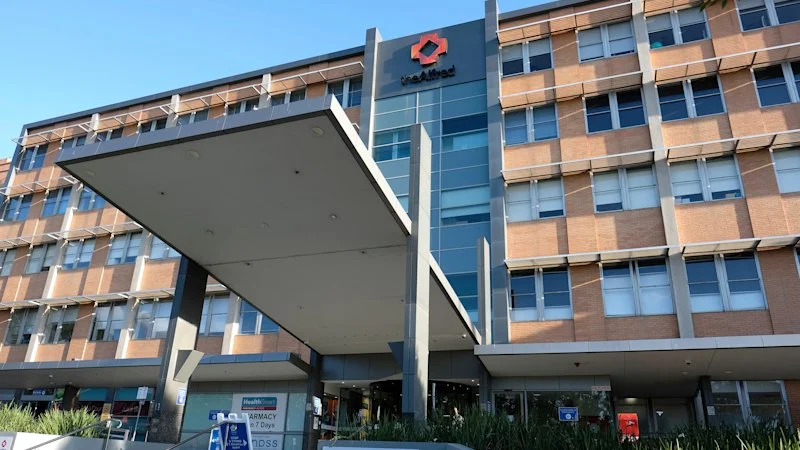The Alfred is Melbourne’s oldest hospital still operating on its original site. Earlier this year, the hospital apologised to patients and visitors who endured sweltering wards and waiting rooms due to issues with ambient heat and the building’s inefficient cooling system.
The Royal Melbourne Hospital moved to its current Parkville location in the 1940s, with many of its assets now past their useful life.
Australian Nursing and Midwifery Federation assistant secretary Nicole Allan said she had heard of hospitals with pipes bursting due to age and wards with no windows being referred to as “dungeons” by union members.
“The design of older buildings can impact safe and best practice care,” Allan said. “Older hospitals have problems with narrow halls and doors making it hard to manoeuvre beds and equipment, with small rooms making it more difficult to provide care to patients.
“Hard-working nurses and midwives deserve to feel supported at work, and that includes having fit-for-purpose workplaces.”
A former physician, who spoke on the condition of anonymity, said the Alfred needed a major rebuild but staff were not hopeful this would happen any time soon.
“They are broke,” the source said of the state government.
But a spokesperson for the Allan government said millions had been spent future-proofing the Alfred, noting that the Austin is getting a new emergency department and that work is under way in Parkville for the first stage of the $2.3 billion redevelopment of the Royal Melbourne and Royal Women’s hospitals.
“We’re getting on with delivering our massive $15 billion pipeline of health infrastructure projects right across Victoria,” the spokesperson said.
Opposition health spokeswoman Georgie Crozier said Infrastructure Victoria’s report was evidence that Labor had been prioritising the Suburban Rail Loop at the expense of health.
“Labor conned Victorians at the last election saying they could do it all, but the spiralling debt, waste and mismanagement means there is even less for critical health infrastructure,” Crozier said.
Loading
Victorians are due to head to the polls late next year, with health once again expected to be a major battleground between Labor and the Coalition.
While Infrastructure Victoria is confident that general revenue will be able to fund the three redevelopments, it has also suggested the government could find additional income streams like leasing out parts of hospitals or seeking donations and bequests.
“The Victorian government might expand these hospitals at the same time, but at additional cost,” Infrastructure Victoria’s final report says.
“We estimate that operational costs are unlikely to increase following the redevelopments, given existing infrastructure is inefficient and already has high maintenance costs.”
Victoria’s debt is expected to reach $185.2 billion by 2027-28, according to this year’s state budget.
Infrastructure Victoria chief executive Dr Jonathan Spear acknowledged previous government spending, but said now was the time to move beyond the three major hospitals being “patched up”.
“The infrastructure they’re working in impacts both the capacity and quality of care that they can provide. In some instances, it’s well beyond end-of-life,” Spear said.
“We think it is the right time for government to commit to a decade-long process of renewal. It’s not cheap – it’s between $6 billion and $8 billion – but it’s a cost that has been deferred for a long time.”


